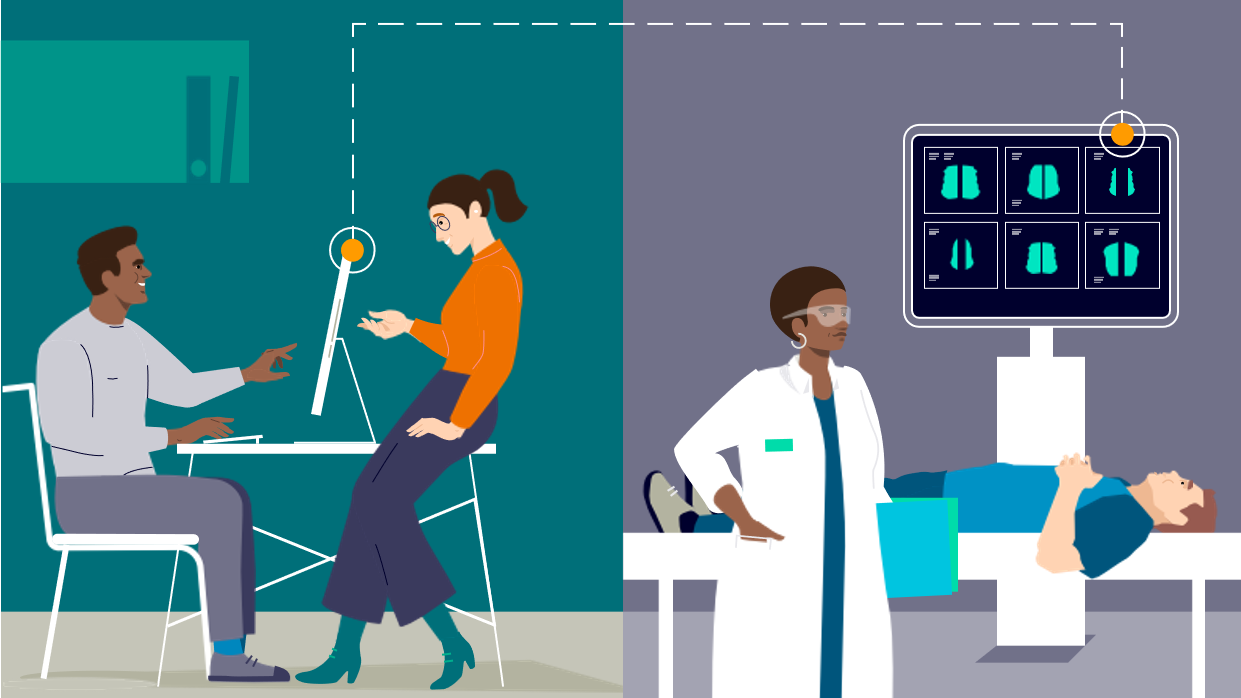What is Design Excellence for Medical Instruments & Diagnostic Equipment?

Design Excellence for medical instruments and diagnostics
In an increasingly competitive market where there is pressure to improve speed to market, there is also a greater emphasis on manufacturers to control timelines and development costs. This can often be directly at odds with the increasingly complicated products expected from customers and a stringent regulatory landscape. To cope with these challenges many companies are investing in digital solutions.
To learn more about Design Excellence for Medical Devices, check out the first blog of our series here.
Joined-up thinking
As medical devices get smaller and more intelligent, they also become harder to design, engineer and manufacture. This additional challenge can delay time-to-market when manufacturers cannot afford to fall behind in an already competitive market. To overcome this hurdle, manufacturers are starting to implement holistic design platforms with robust concurrent design tools. Companies need tools that are scalable, connected and collaborative.
Take a look at this video of how the Hartmann group has directly benefited from this strategic approach to innovation.
Break down barriers to compliance
Stay ahead of growing regulatory scrutiny and ensure that your medical devices are safe and efficacious. It is easier said than done. All medical device manufacturers take on the challenge of regulatory compliance. For diagnostics and instrumentation specialists, the challenge is further compounded by the complex, multidisciplinary nature of their product design.
In a siloed work environment where design systems and production teams are using their own documentation processes, design and testing documentation can be hard to trace and share with other teams. A holistic approach to document management on a single platform used by all teams can help ease this aspect of regulatory compliance.
Learn how leading diagnostic equipment manufacturer Allengers Medical Systems benefited from this exact approach here.
Design risk management into your business
Now is the time to make informed design decisions based on comprehensive risk management data. Unless risk management is viewed as a complete responsibility it can become the kind of administrative burden that hurts agility and innovation.
A design-first approach to technology platforms and workflow can boost collaboration between teams. This enables those teams to share and re-use data more effectively and brings risk management into the development cycle as a collective responsibility.
Learn how Terumo succeeded in eliminating errors and inefficiencies within its risk management process here.
Meeting the design complexity challenge
Creating a new medical device now meets the design challenge that spans ergonomics, electronics, engineering, fluid dynamics and therapy – all within a heavily regulated environment.
A single software environment across multiple design disciplines can help MedTech companies innovate faster and cut costs. By using a digital twin, teams can test in real-world conditions and optimize their products before using inexpensive physical tests.
At its best, a digital twin will enable tests on multiple aspects of a product’s design – from the flow of fluids in and around key components to the interplay between mechanical and electronic assemblies.
Learn how virtual modeling and simulation software helped Vyaire Medical transform its innovation process here.
Better together
The key to success when medical device manufacturers are faced with more design challenges than ever is clear organizational alignment. Effective collaboration between teams and processes can help save time, avoid mistakes and accelerate decision making. Simplified communication is the answer.
New technology tools can drive this kind of alignment. It is time to shift the focus from manually exchanging documents to controlling the flow of data within the business.
Learn how our colleagues at Siemens Healthineers have used the digital twin philosophy to improve their bill of materials and increase engineering productivity here.


